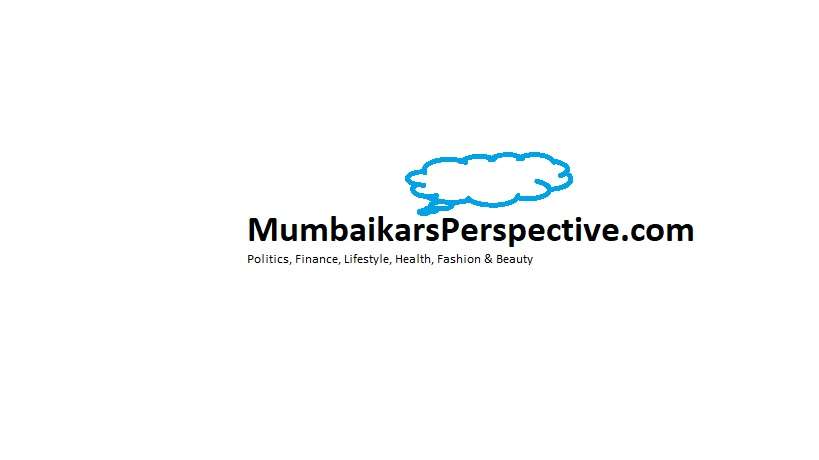Top 10 Types Of Punjabi Folk Dances
Punjab, a land known for its vibrant culture and rich heritage, is home to a plethora of traditional folk dances that showcase the true essence of its people. These spirited and colorful dance forms have been passed down through generations, preserving the traditions and history of the Punjabi community. In this article, we will explore the top 10 types of Punjabi folk dances, each representing a unique blend of joy, celebration, and unity.

- Bhangra
Bhangra is undoubtedly the most famous and widely recognized Punjabi folk dance around the world. Rooted in the agricultural customs of Punjab, Bhangra involves energetic movements, vigorous footwork, and animated expressions. Dancers perform to the rhythmic beats of the dhol, accompanied by the vibrant sound of the tumbi and other traditional instruments. Bhangra represents the exuberance of Punjabi culture and is an integral part of festivals and celebrations.
- Giddha
Giddha is the female counterpart of Bhangra and is characterized by its graceful and lively movements. It is a community dance where women form a circle and display their prowess through elegant twirls and claps. The lyrics of Giddha songs often revolve around social issues, love, and daily life, making it not just a dance but also a medium of storytelling.
- Jhumar
Jhumar is a dance form that originated in the Sandalbar region of Punjab. It is usually performed during wedding ceremonies and other joyous occasions. Dancers wear colorful attire and perform in a group, moving in sync with the rhythm of the dhol and flute. The graceful and slow movements of Jhumar make it a visually captivating and emotionally touching dance.
- Sammi
Sammi is a unique folk dance mainly performed by Punjabi women on festive events. The dance showcases the resilience and strength of Punjabi women while also highlighting the social issues they face. Sammi involves forming circles and singing traditional songs that reflect the spirit of the community.
- Luddi
Luddi is a vigorous and lively dance form that originated in the regions of Sialkot and Gujrat. Typically performed by men, Luddi requires high energy and powerful movements. Dancers often carry swords as props, adding an element of valor and courage to the performance. Luddi represents the warrior spirit and bravery of the Punjabi people.
- Malwai Giddha
Malwai Giddha is a variation of the traditional Giddha dance and is specific to the Malwa region of Punjab. It is more vibrant and fast-paced than the standard Giddha, incorporating additional acrobatic elements and complex footwork. The dancers wear bright and elaborate costumes, and the dance itself is a visual spectacle of skill and finesse.
- Jaago
Jaago is a pre-wedding dance that symbolizes the awakening of the community for the upcoming celebration. A pot adorned with lights is balanced on the dancer's head as they perform energetic and cheerful movements. Jaago signifies unity and excitement, spreading the message of happiness throughout the community.
- Jalli
Jalli is a lesser-known but equally captivating dance form that originated in the Jalandhar region of Punjab. Dancers balance earthen pots with lighted candles on their heads while moving gracefully to the beat of the dhol. The dance is a blend of devotion and celebration, making it a unique spectacle to witness.
- Kikli
Kikli is a traditional spinning game that has been transformed into a joyful dance form. Two young girls hold hands and spin in circles while singing traditional songs. It requires skill and coordination to maintain balance during the spinning, adding an element of fun and excitement to the dance.
- Dhamaal
Dhamaal is a lively and high-spirited dance form performed in the Malwa region during various festive occasions. It involves rhythmic clapping and foot-stomping, accompanied by traditional instruments. Dhamaal creates an infectious energy that brings people together in celebration and joy.
Conclusion
Punjabi folk dances are a reflection of the vibrant and dynamic culture of the region. Each dance form carries its unique story, connecting people with their roots and traditions. From the lively beats of Bhangra to the graceful twirls of Giddha, these dances have not only entertained but also preserved the spirit of Punjab for generations. As these dance forms continue to evolve and captivate audiences worldwide, they remain an essential part of Punjabi identity and heritage.






